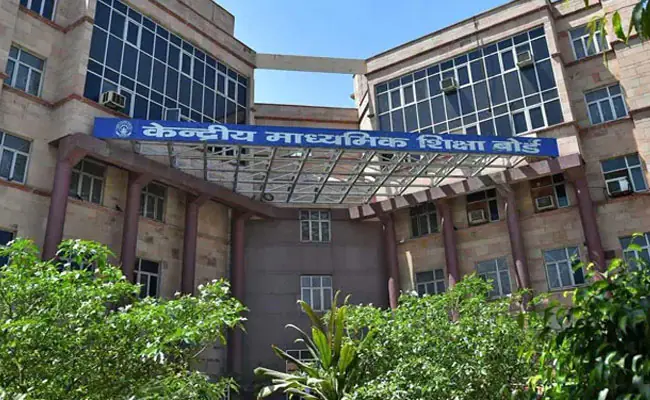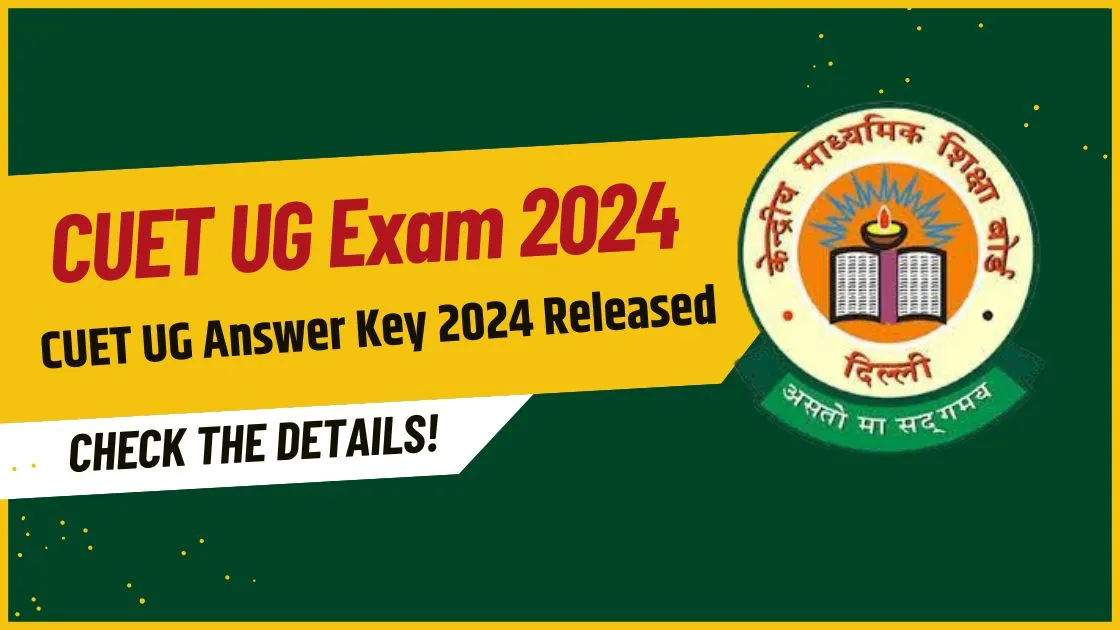₹2000 Denomination Banknotes – Withdrawal from Circulation; Will continue as Legal Tender
The Phase-Out of the Rs 2,000 Note: A New Move by RBI
In a significant development for India’s financial landscape, the Reserve Bank of India (RBI) has resolved to withdraw the Rs 2,000 denomination notes from circulation.
This action is seen as a move to further tighten the noose around black money groups, marking another step by the central government to eliminate illicit financial activities.
RBI Greenlights Exchange of Rs 2,000 Notes at Banks Until September
Commencing from May 23 until September 30, holders of the Rs 2,000 denomination notes can legally exchange these at banks, says RBI.
As part of the phased withdrawal, the central bank has issued a mandate to all national banks, directing them to cease the distribution of Rs 2,000 denomination notes to their customers.
Adequate Supply of Other Denomination Notes
With RBI’s assurance of the availability of “notes of other denominations in sufficient quantity”, the withdrawal of Rs 2,000 notes is unlikely to cause a liquidity crunch.
RBI has permitted the exchange or deposit of up to Rs 20,000 in Rs 2,000 denomination notes at a time, providing a smooth transition for those holding the soon-to-be-discontinued notes.
The Rs 2,000 Note – A Retrospective
Following the demonetisation policy announced by Prime Minister Narendra Modi on November 8, 2016, which outlawed all 500 and 1,000 rupee notes, new Rs 500 and Rs 2,000 notes were introduced by the RBI.
The primary intention behind this policy was to curb black money, eradicate counterfeit notes, and stimulate a cashless economy through the promotion of digital transactions.
However, as per RBI’s data, the Rs 2,000 notes, the printing of which was halted four years ago, have seen dwindling usage and circulation.
RBI’s Statement on the Withdrawal Decision
RBI maintains that the introduction of the Rs 2,000 banknotes fulfilled its purpose once currency in other denominations became widely available.
With 89% of these high-value banknotes issued before March 2017 nearing the end of their estimated lifespan of 4-5 years, and a decline from 37.3% to a mere 10.8% in the total value of these banknotes in circulation, the decision to phase them out seems justified.
The RBI’s move underscores its commitment to the “Clean Note Policy”. As we observe the impact of this decision on India’s financial sector in the coming months, this development undeniably marks a significant shift in the country’s monetary policy.
Join our Premium Telegram and Whatsapp Channel for More News and Updates.
For the Latest Educational News (CBSE, ICSE, and State Board News) and live news updates, like us on Facebook or follow us on Twitter and Join our Premium Telegram Channel. Read more on Latest Exams & Results News on Shikshapress.com.






